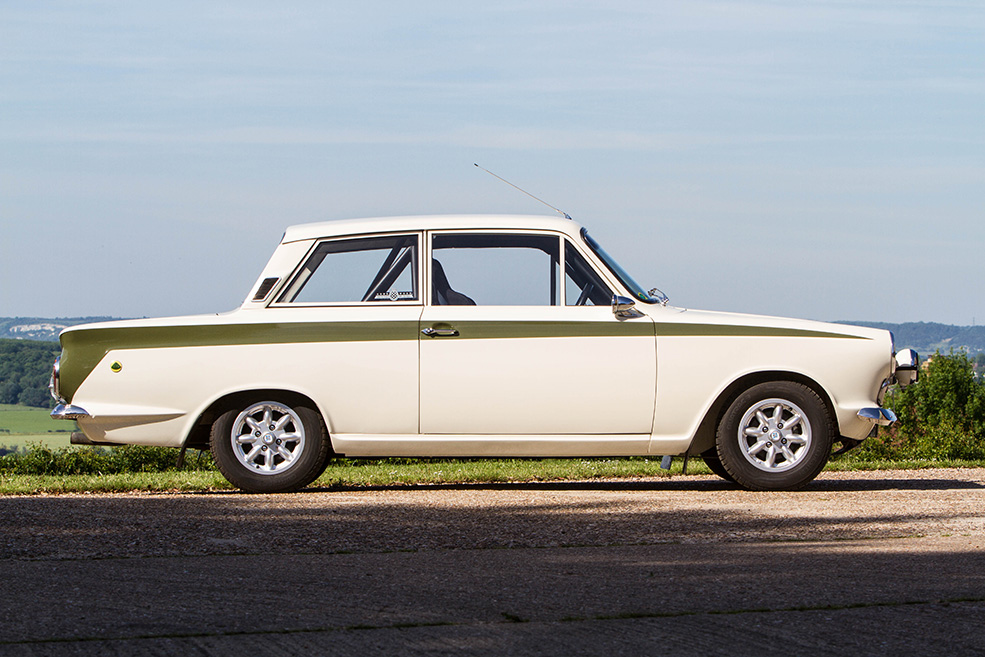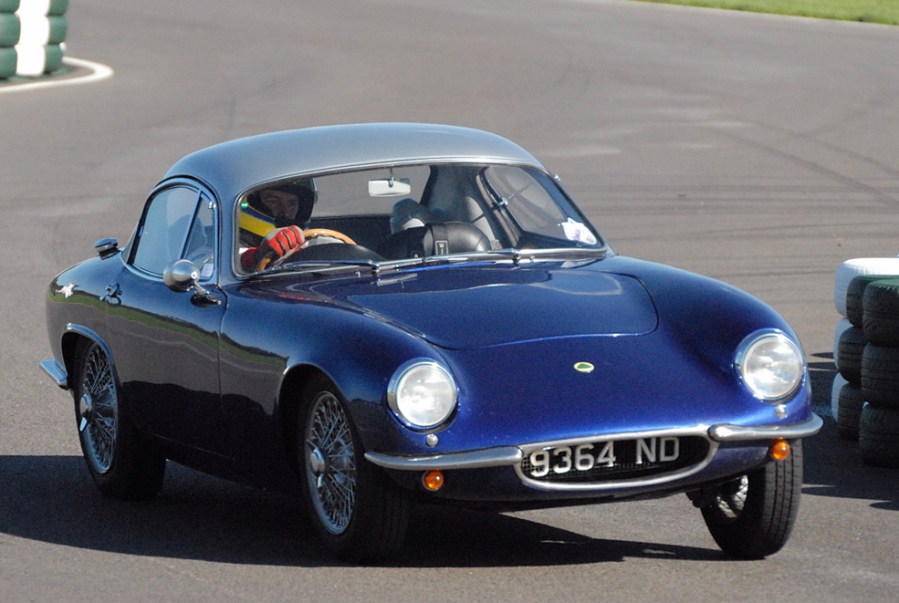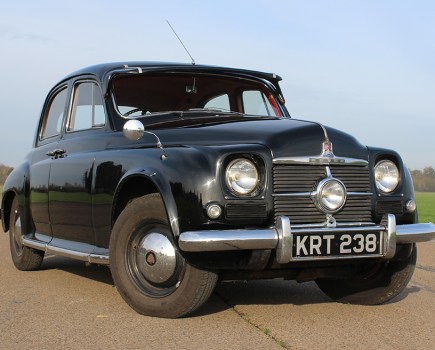Some Lotuses are more equal than others. While many of its icons remain affordable, others – like the Elite, Lotus Cortina, Lotus Carlton and 340R – have become serious collector’s items…
ELITE TYPE 14 (1958-1963)
Pipped to the post by the Berkeley Sports SA322 as Britain’s first fibreglass monocoque sports car, the Elite nevertheless caused a stir upon its release.
Offering an exceptional power to weight ratio from its stressed GRP shell, its low price and exceptional handling endeared it to sports car enthusiasts and racing teams the length and breadth of the country. With numerous Le Mans and Nürburgring victories to its name, it helped bolster the careers of Les Leston, Graham Warner and Roger Nathan.
1030 Elites were built, with a decent proportion of these being kits. Restoration costs for the fibreglass monocoque and Coventry Climax engine remain high – but so is demand for Elites by historic racing teams. The Elite remains eligible (and competitive) in many championships.
The Market traced the asking prices of 259 Elites since September 2014; while it calculated a 13 per year on year decline in Type 14 values, expect to pay between £75,000 and £95,000 for a roadworthy Elite, and a six figure sum for a racing variant.

LOTUS CORTINA TYPE 28 (1963-1966)
Lacking the funds to develop his own engines – and reeling from high unit costs supplying the recently superseded Elite with Coventry Climax lumps – Lotus founder Colin Chapman found a willing ally in Ford. Its five bearing 116E Kent unit prove an ideal candidate for modification; transformed with a twin cam head (and a later overbore) , both parties soon benefitted.
Lotus got a ready supply of short engines for the Elan sports car – and Ford got a hotted-up Cortina to offer up for Group 2 racing homologation. With the Blue Oval able to supply engines and shells in sufficient quantity, the Cortina went from a boy-racers dream to a serious touring car contender. Thanks to significant Lotus modification, shells, suspension and running gear elevated the Lotus Cortina above the 1500GT, although the latter car’s running gear proved more durable on rally stages.
Asking prices remain firm for Lotus Cortinas. Based on the data from 43 cars tracked since September 2014, expect to pay between £39,000 and £46,500 for a good road car and significantly more for a concours entrant or sorted track car; asking prices went as high as £67,500 on Car and Classic.

LOTUS CARLTON TYPE 104 (1990-1992)
After Lotus Cortina MkII production ended in 1970, it would be another 20 years before Colin Anthony Bruce Chapman’s badge would adorn another maker’s car.
Its revival on a Vauxhall Carlton came not through racing homologation requirements, but through General Motors ownership and a need for spectacle; the brief was to imbue a saloon with supercar performance.
The leap from GSI 3000 to Lotus Carlton was considerable: to cope with the power from a bored out 3.6-litre twin turbo straight-six, Hethel had to alter the Carlton’s shell and running gear extensively, digging into the GM parts bin for a Chevrolet Corvette ZR1 six-speed gearbox and an Australian Holden limited-slip differential.
Its performance ended up courting controversy after a string of publications ‘v-maxed’ Lotus Carlton press cars in Germany and closer to home; critics branded its mere existence deplorable due to string of high speed off-license robberies. Safety campaigners didn’t understand why a saloon car needed to travel so quickly, and slammed Lotus for creating a spectacle.
In the age of 200mph super saloons, the Lotus Carlton is regarded as a pioneer – and prices far outstrip values of even the best GSi 3000, the closest performance canon.
Asking prices are firmly around the £50,000 mark, although a 4500 mile example sold last year at the Silverstone Classic for £72,000.

340R M111 (2000)
Take an Elise S1 to its logical conclusion and you end up with its swansong: the 340R. An [even more] uncompromised, track ready drivers’ car (with headlights and a tax disc), its name denoted two things – a 340 bhp per tonne power to weight ratio, and the total number of cars produced.
Stripped to its bare bones with a Very High Performance Derivative (VHPD) Rover K-Series at its heart, few contemporary road cars were capable of staying with a 340R on a twisty road. Most went overseas; as a trailblazer for the road-going track day car market, enthusiasts regard the 340R as iconic.
The Market watched 96 340Rs sell between September 2014 and December 2017, finding a range of asking prices between £50,000 and £77,450. Unfortunately, innovation doesn’t come cheap.





